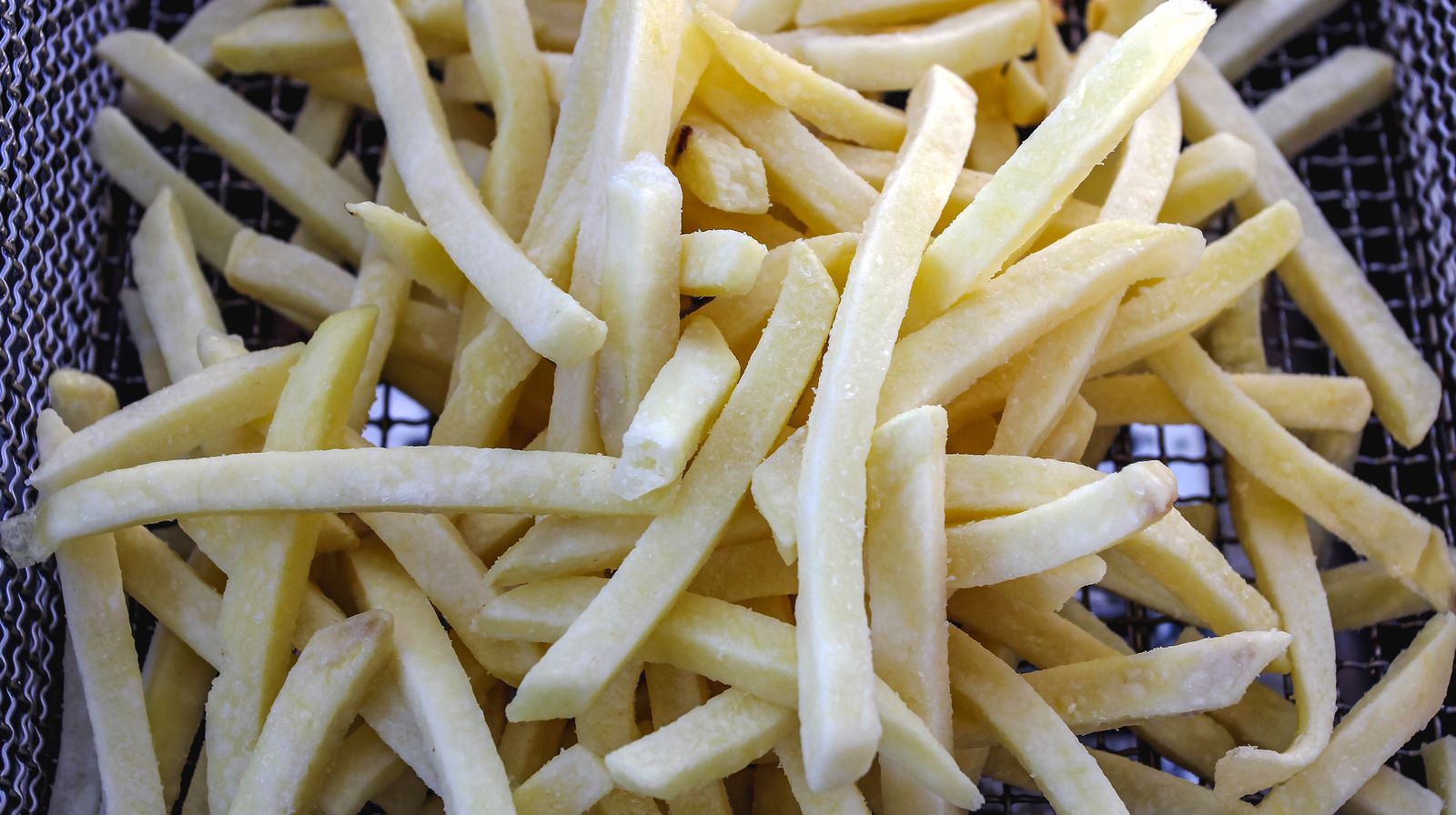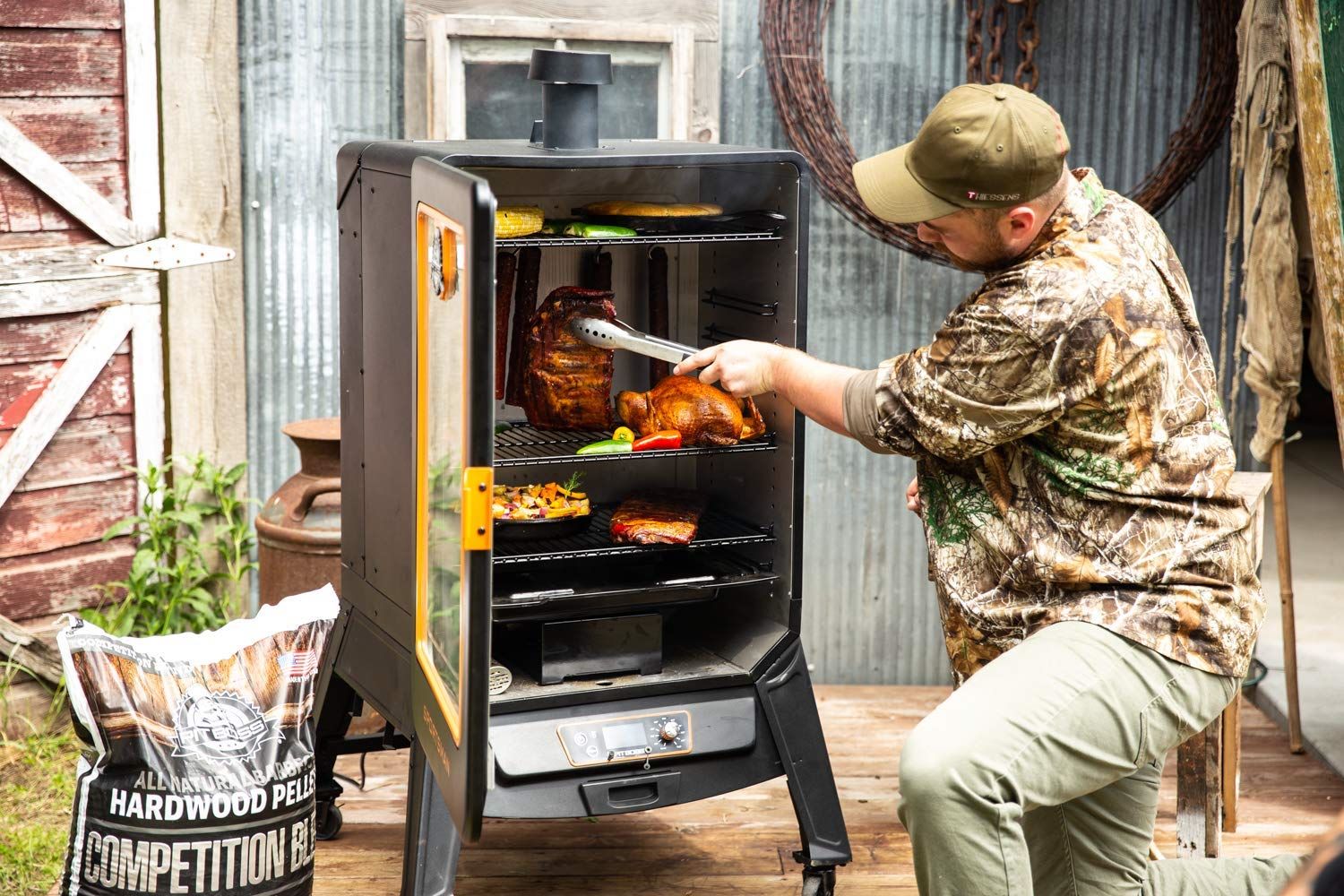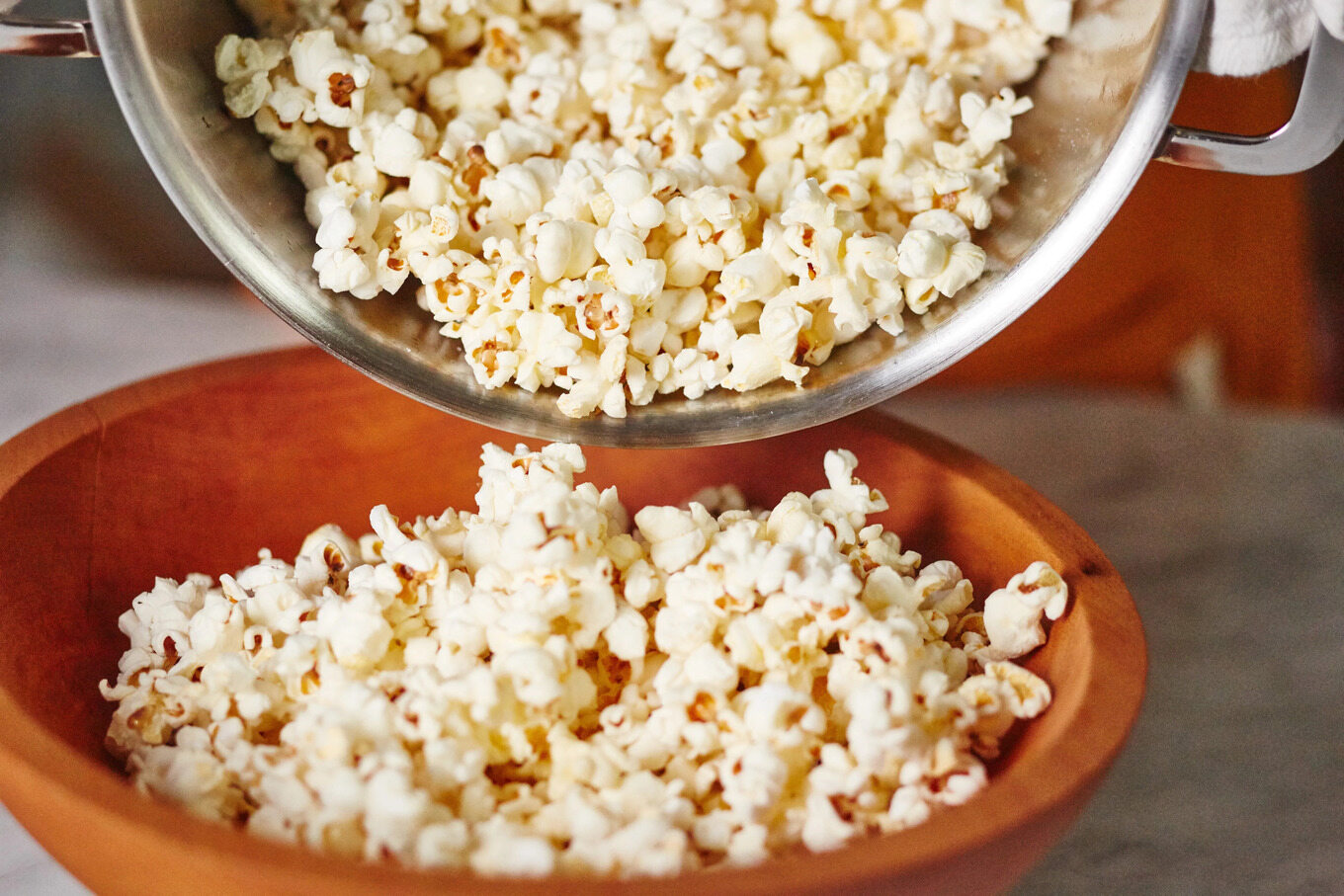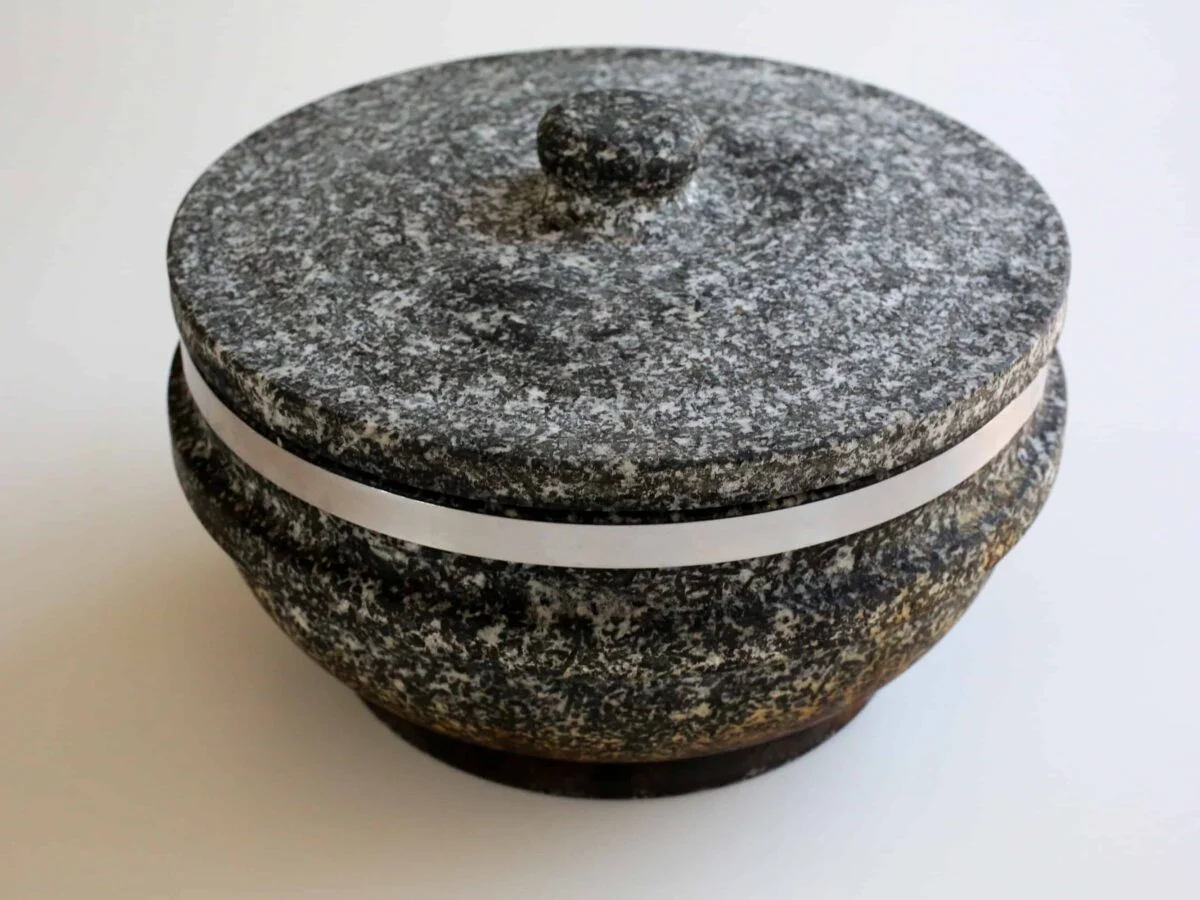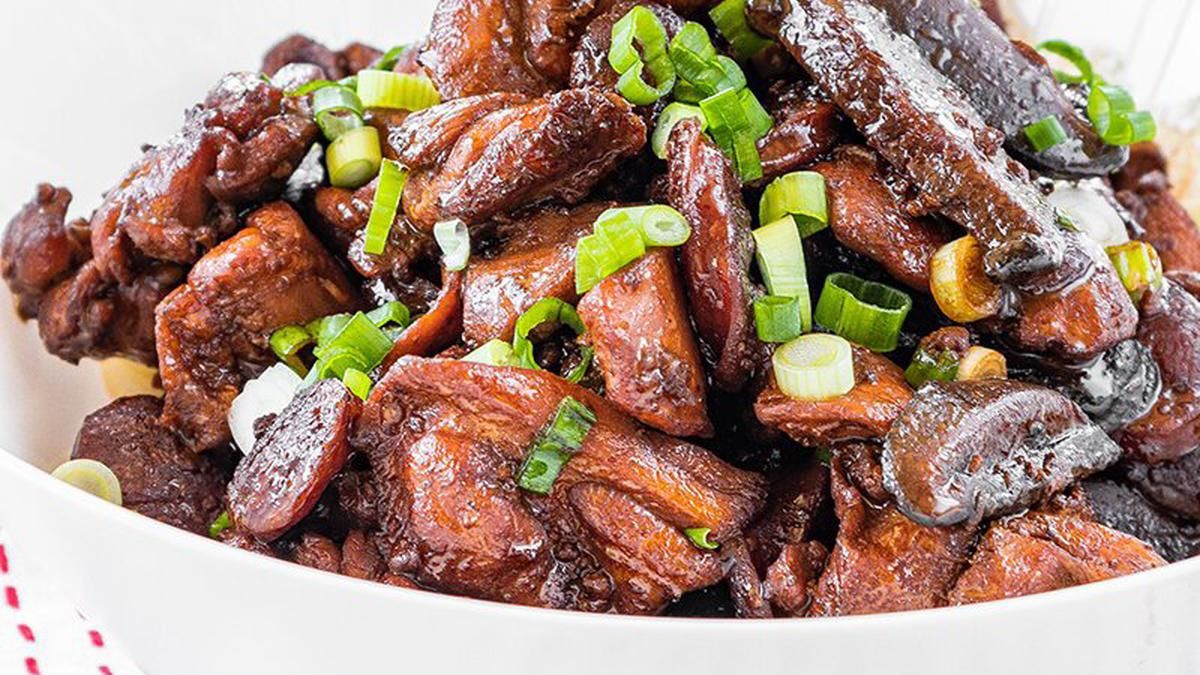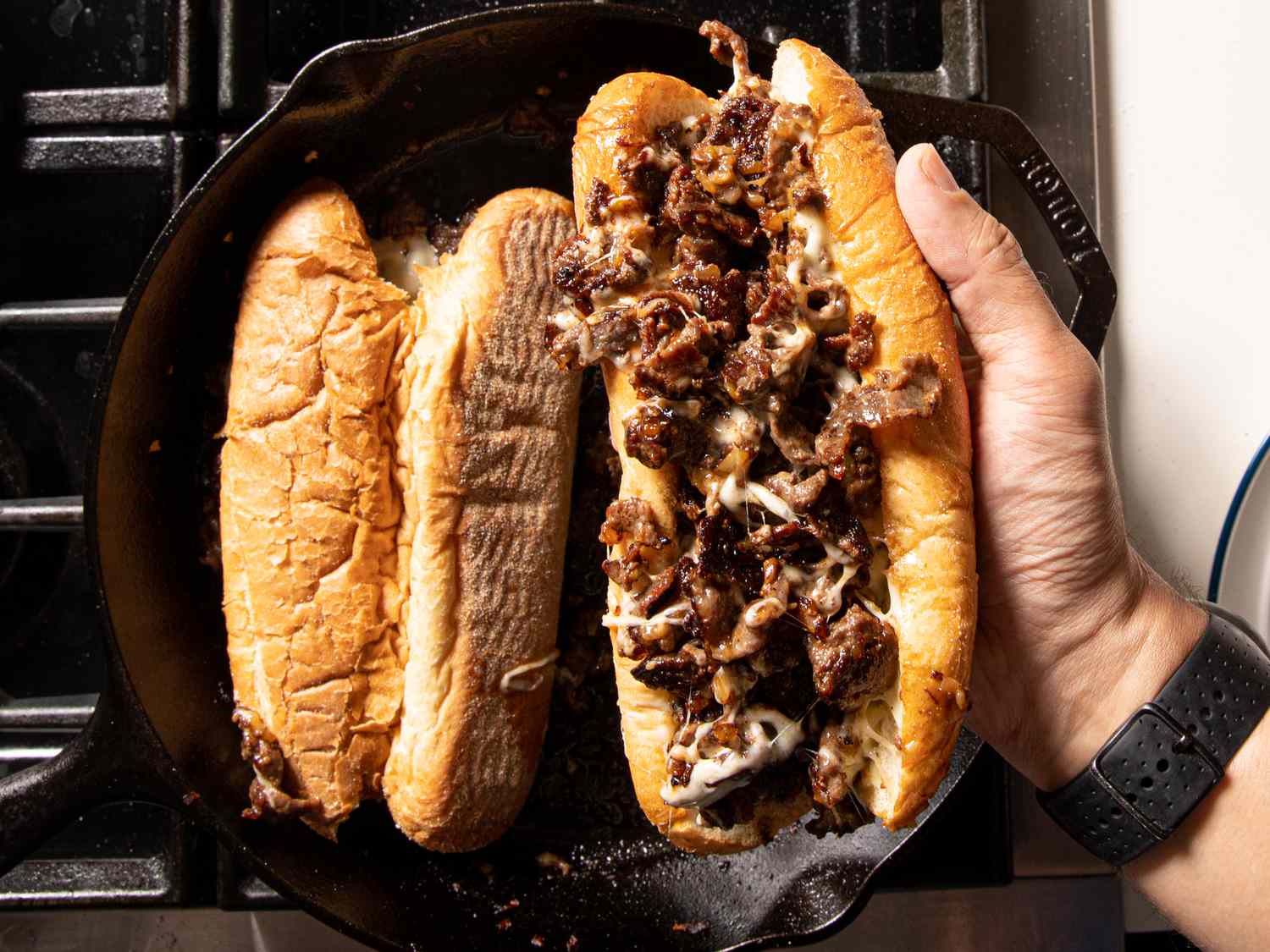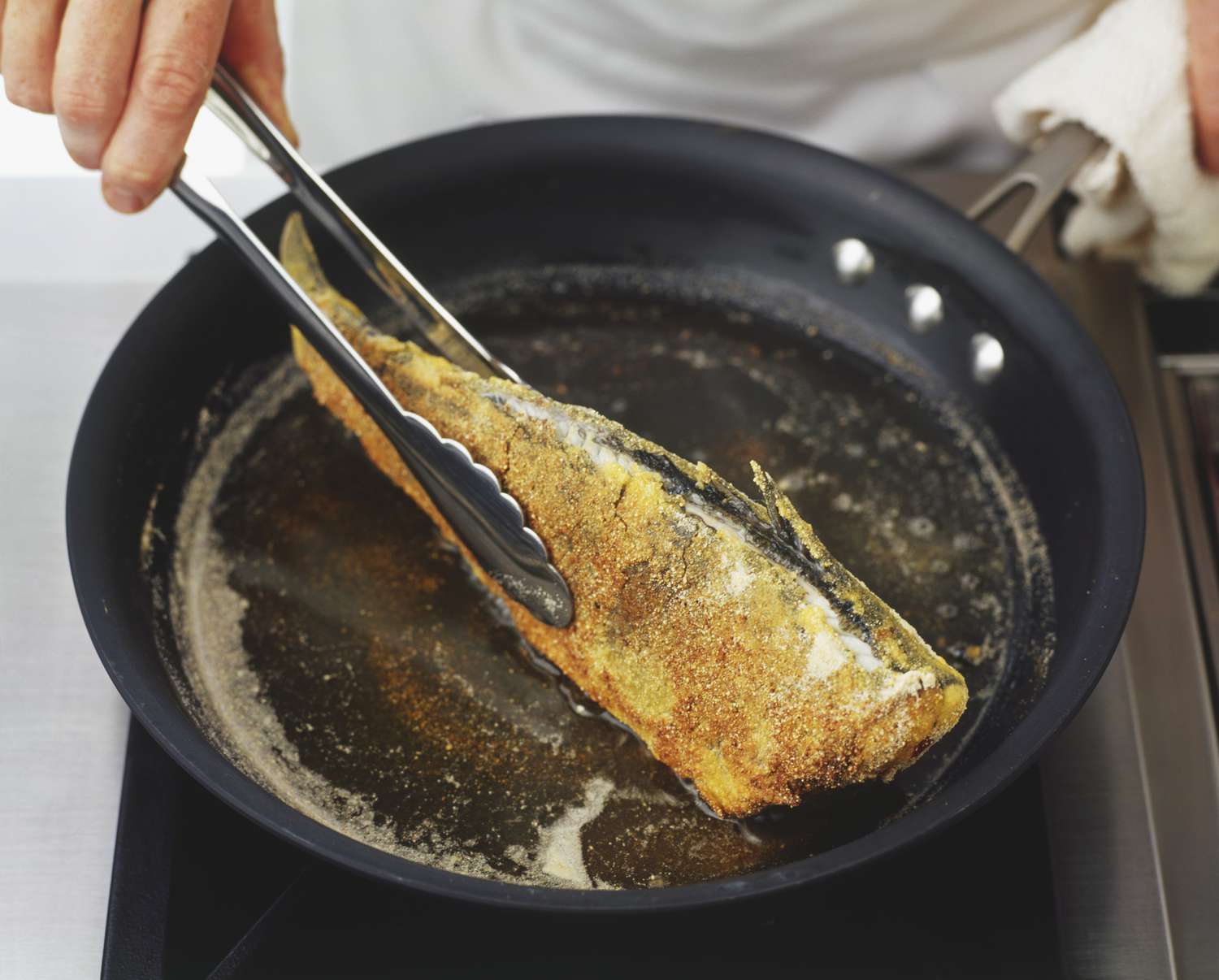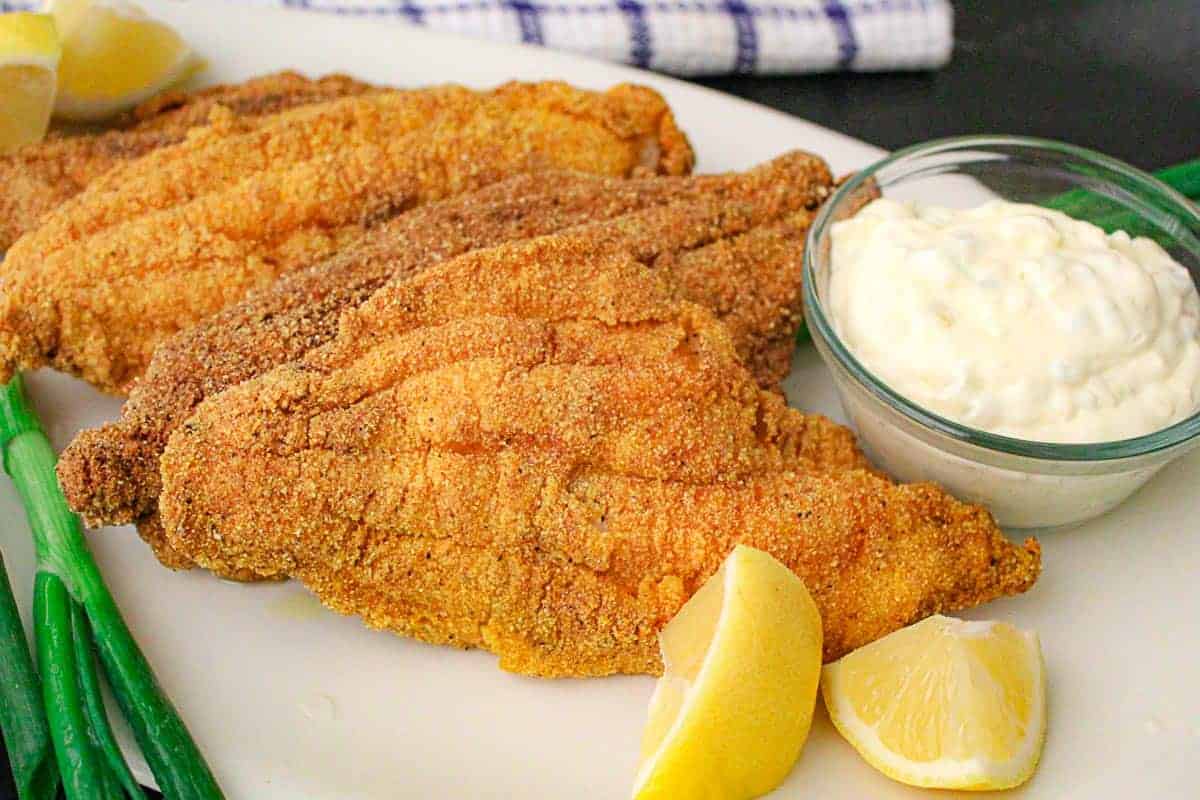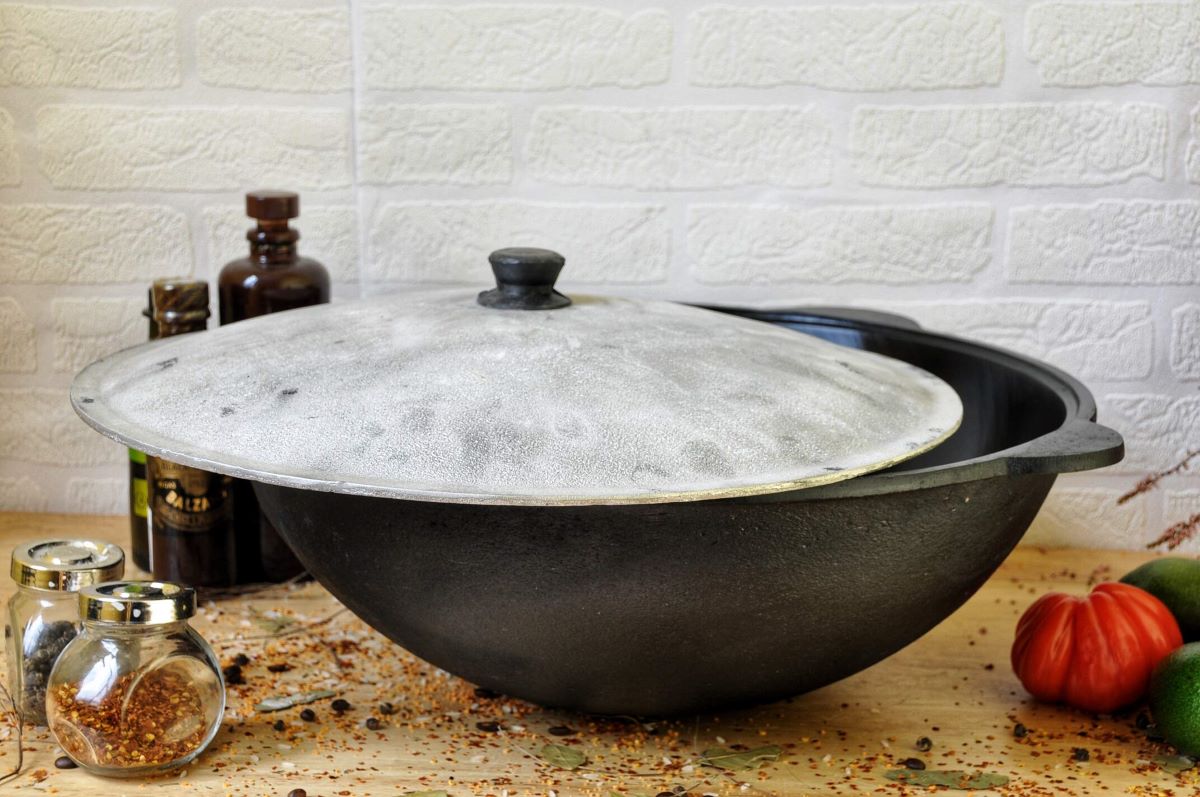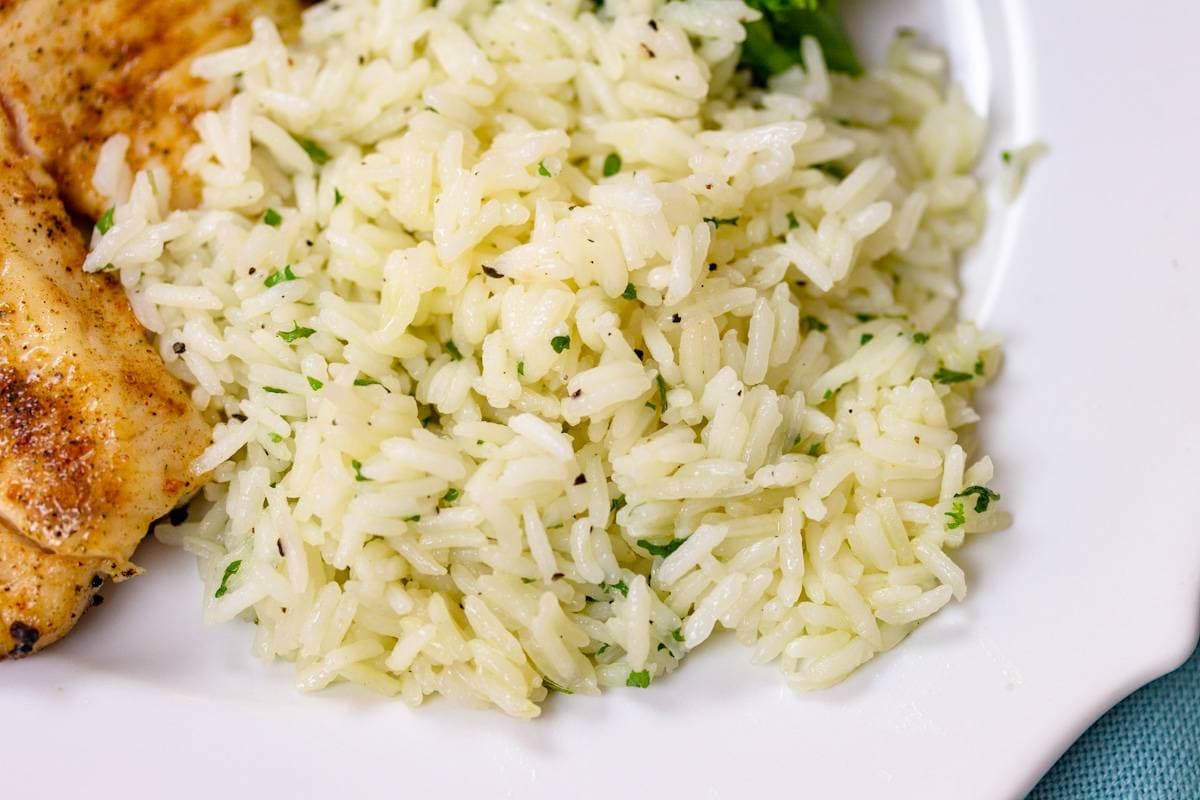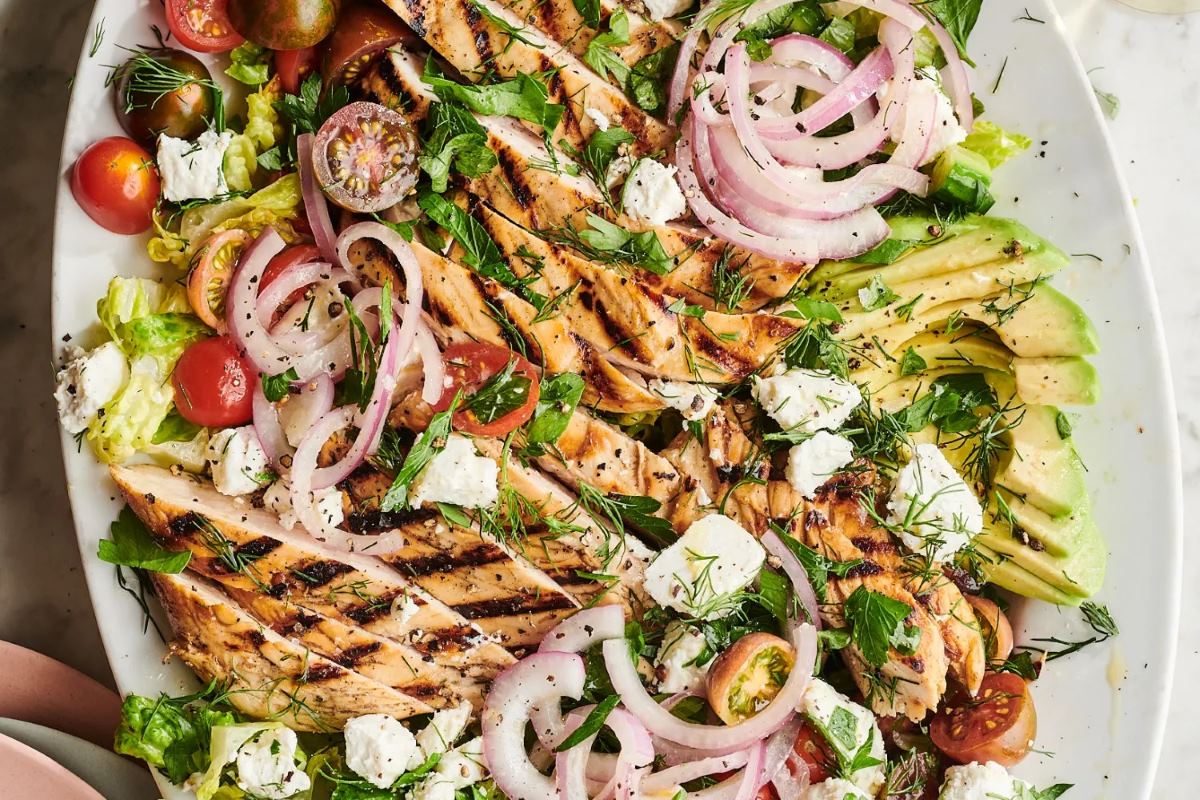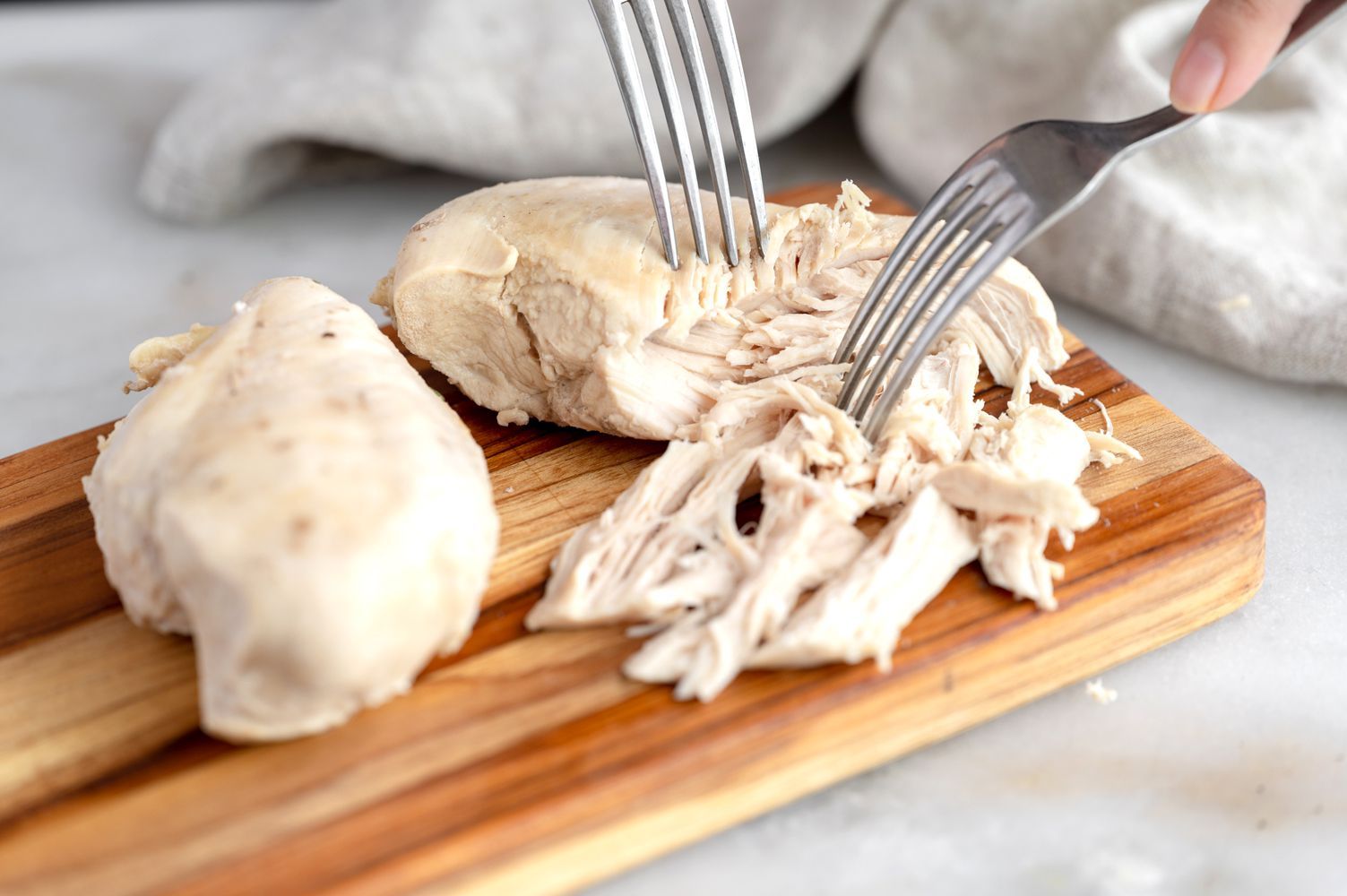How to Season Your Cast Iron Flat Top
If you own a cast iron flat top, you know that it requires a little extra care to keep it in top condition. One of the most important steps in maintaining your cast iron flat top is seasoning it properly. Seasoning not only helps to prevent rust and corrosion, but it also creates a non-stick surface for cooking. Here’s how to season your cast iron flat top to keep it in great shape for years to come.
What You’ll Need
Before you begin the seasoning process, make sure you have the following items on hand:
- Warm water
- Mild dish soap
- Cast iron seasoning oil or shortening
- Paper towels or a clean cloth
- Aluminum foil
Cleaning the Flat Top
Start by cleaning the flat top thoroughly. Use warm water and a mild dish soap to remove any food residue or debris. Avoid using harsh chemicals or abrasive scrubbers, as they can damage the cast iron surface. Once the flat top is clean, dry it completely with a towel or paper towels.
Applying the Seasoning Oil
Next, apply a thin layer of cast iron seasoning oil or shortening to the entire surface of the flat top, including the sides. Use a paper towel or clean cloth to spread the oil evenly and remove any excess. Make sure to cover the entire surface to create a protective layer that prevents rust and helps with food release.
Baking the Flat Top
Preheat your oven to 375°F (190°C). Place a sheet of aluminum foil on the bottom rack to catch any drips during the seasoning process. Then, place the flat top upside down on the top rack of the oven. Bake the flat top for 1 hour to allow the oil to penetrate and bond with the cast iron surface.
Cooling and Repeating
After an hour, turn off the oven and let the flat top cool completely inside the oven. Once it has cooled, remove the flat top and wipe off any excess oil with a paper towel. Your flat top is now seasoned and ready to use.
Maintaining the Seasoning
To maintain the seasoning on your cast iron flat top, avoid using harsh cleaning agents or scrubbers. Instead, use a soft cloth or sponge and warm water to clean the surface after each use. Dry the flat top thoroughly and apply a thin layer of oil after cleaning to keep the seasoning in top condition.
By following these steps, you can keep your cast iron flat top in excellent condition and ensure that it provides reliable non-stick performance for all your cooking needs. With proper care and maintenance, your cast iron flat top can last for generations.
So, the next time you’re ready to cook up a delicious meal on your cast iron flat top, remember to season it properly for the best results.
Was this page helpful?
Read Next: How To Season A Chuck Roast
